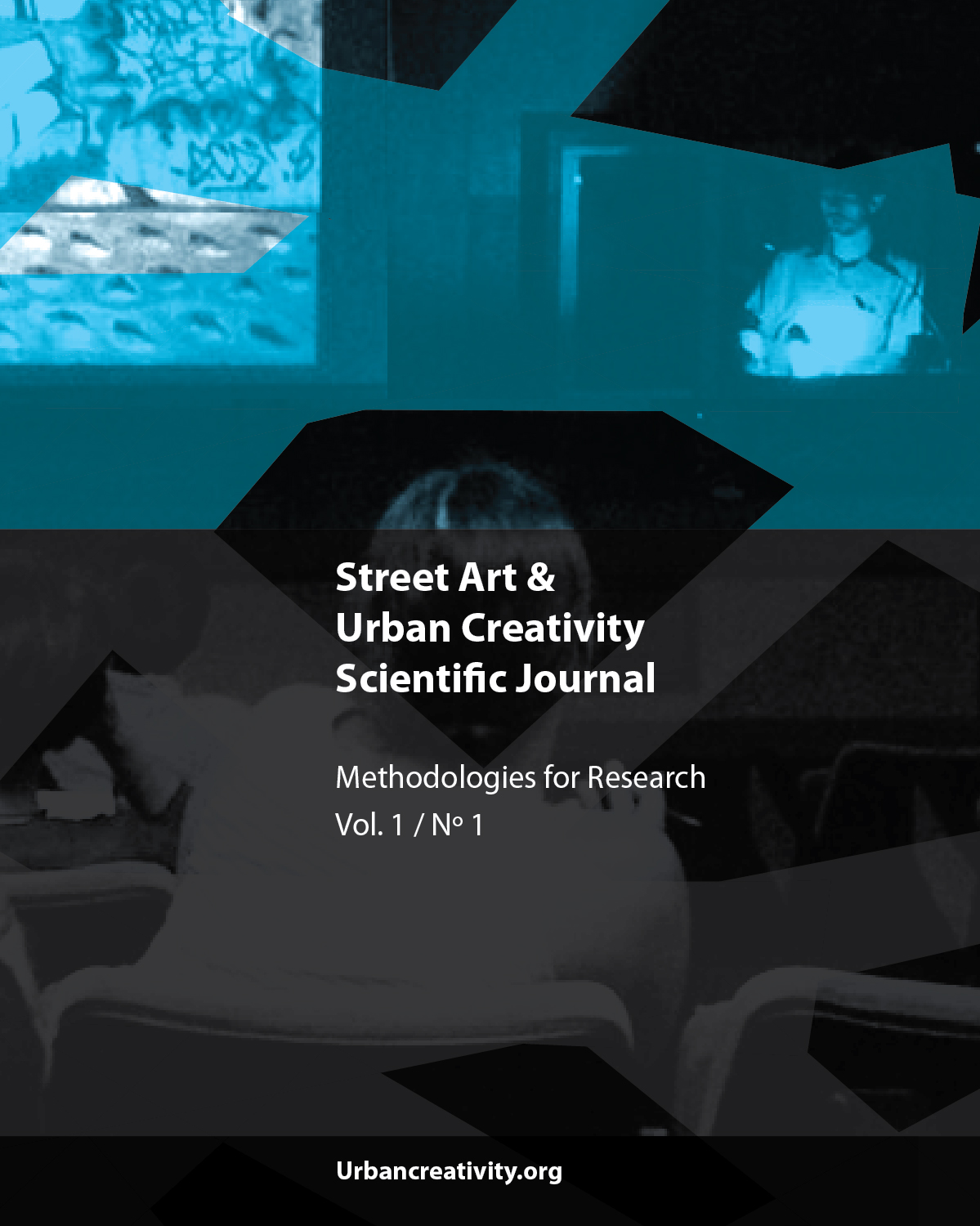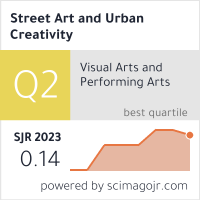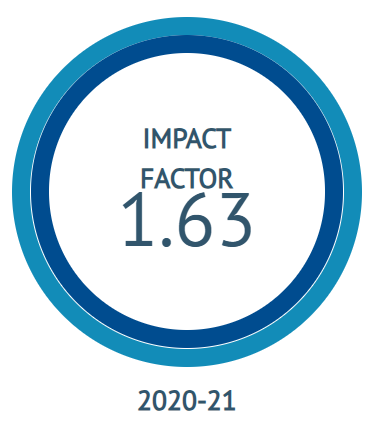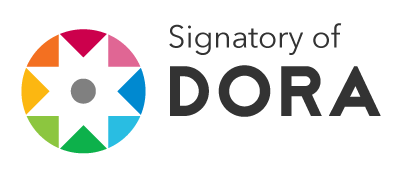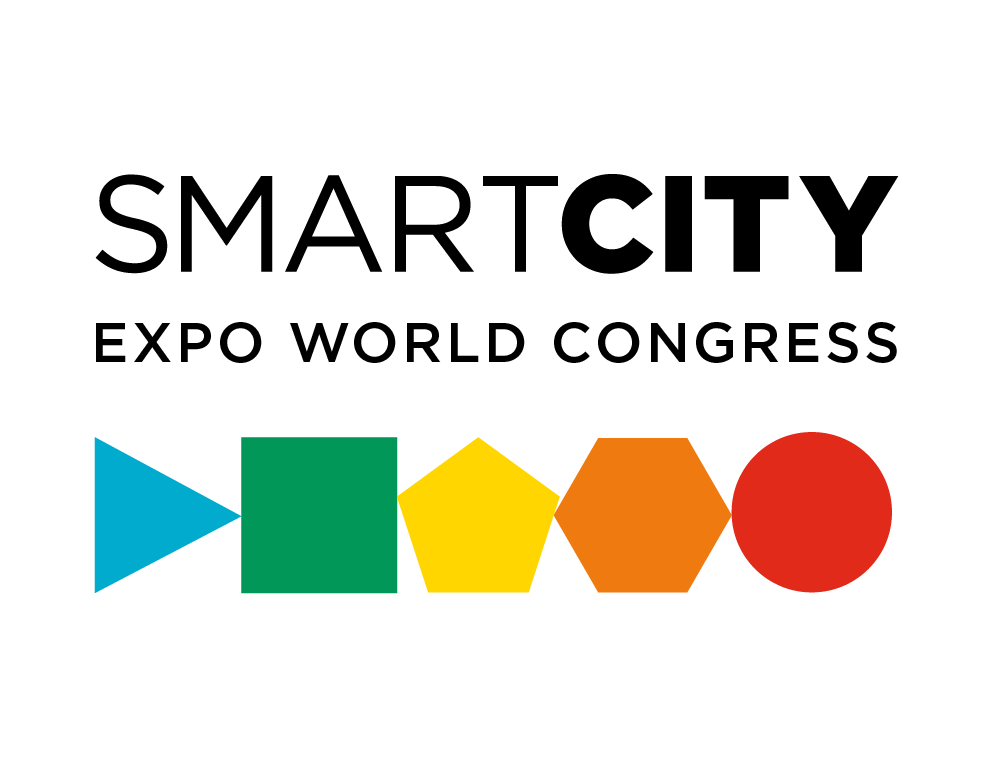Methodologies for Reconstructing
New Landscapes of Consumption and Production
DOI:
https://doi.org/10.25765/sauc.v1i1.16Keywords:
Citizenship, Participatory Urbanism, Representational Justice, Urban Development, Public Space, BelongingAbstract
This working paper outlines a new methodology, actionable theory, for critically investigating the ‘public’ spaces produced within large-scale luxury developments in New York City. Actionable theory offers different means for intervening in such processes and new openings for a proposal that challenges the production of highly uneven urban landscapes, by shifting existing power dynamics within a development site. The proposal is a legislated body called Public Action Review Collaborative (PARC). PARC works to counter the stratification of publics along racial and class lines by moving past distributive notions of justice and offering institutionalized mechanisms in which a representational public can participate in the decision making process affecting their environment.
Downloads
Global Statistics ℹ️
|
157
Views
|
43
Downloads
|
|
200
Total
|
|
Downloads
Published
How to Cite
Issue
Section
License
Copyright (c) 2015 Street Art & Urban Creativity

This work is licensed under a Creative Commons Attribution-NoDerivatives 4.0 International License.
Those authors who publish in this journal accept the following terms:
-
Authors retain copyright.
-
Authors transfer to the journal the right of first publication. The journal also owns the publishing rights.
-
All published contents are governed by an Attribution-NoDerivatives 4.0 International License.
Access the informative version and legal text of the license. By virtue of this, third parties are allowed to use what is published as long as they mention the authorship of the work and the first publication in this journal. If you transform the material, you may not distribute the modified work. -
Authors may make other independent and additional contractual arrangements for non-exclusive distribution of the version of the article published in this journal (e.g., inclusion in an institutional repository or publication in a book) as long as they clearly indicate that the work was first published in this journal.
- Authors are allowed and recommended to publish their work on the Internet (for example on institutional and personal websites), following the publication of, and referencing the journal, as this could lead to constructive exchanges and a more extensive and quick circulation of published works (see The Effect of Open Access).

